Luxury sells, but not everyone wants to abandon practicality. That is why many of the world’s biggest carmakers have created or acquired premium brands to reach drivers who want more style, more comfort, and more status without leaving the family entirely. These luxury offshoots often ride on the bones of mass market platforms but offer a different experience. From Japan to Germany to Detroit and even India, here is a look at the mainstream automakers and the luxury names riding shotgun.
Toyota and Lexus
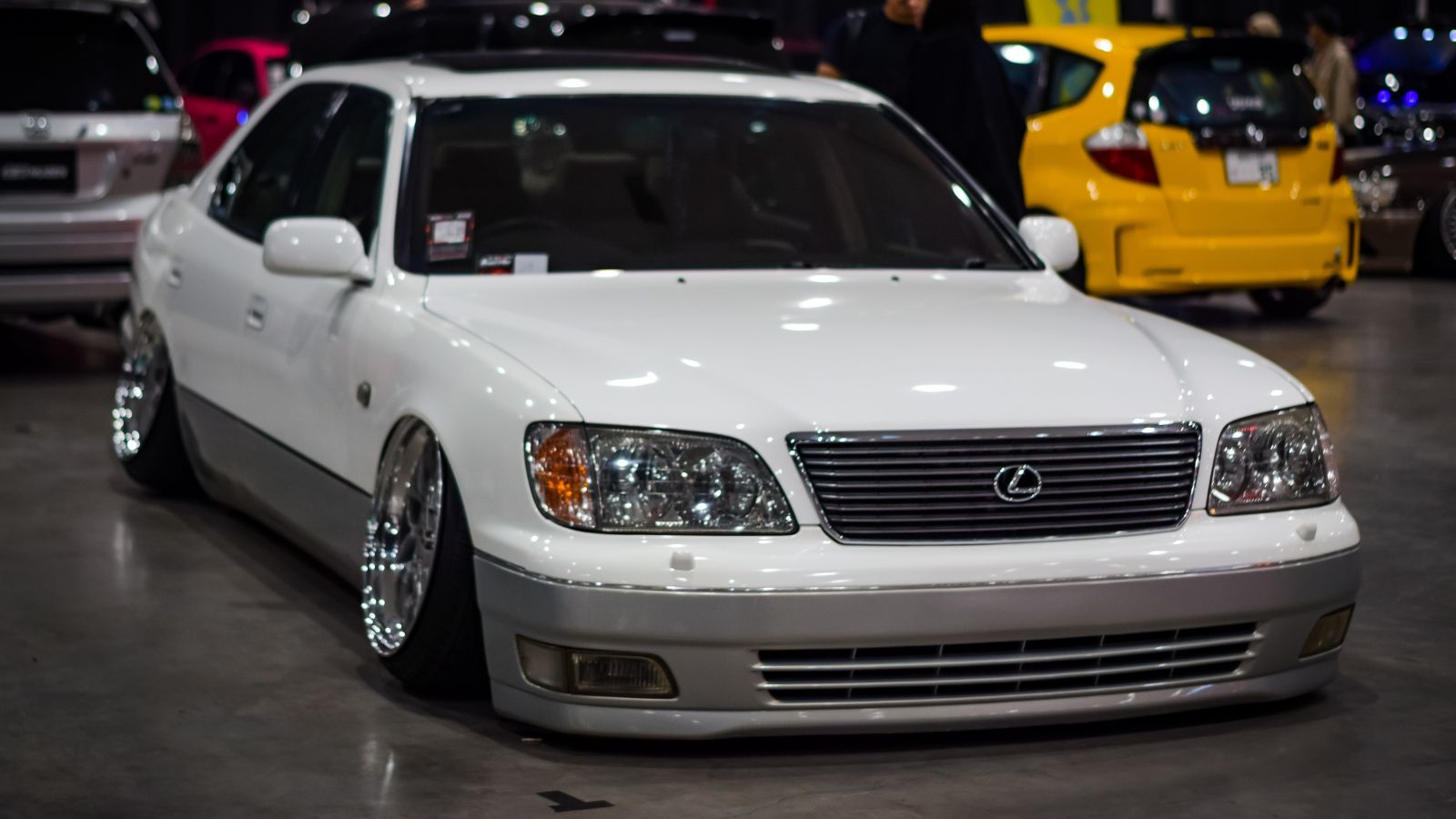
Toyota built its reputation on reliability, not luxury. So when it decided to compete with BMW and Mercedes in the late 1980s, it created a whole new brand: Lexus. The original LS400 shocked the luxury world with refinement, engineering, and a price that undercut the Europeans. Today, Lexus makes everything from plush cruisers like the ES to performance-tuned F models. Beneath the polish, many Lexus vehicles share components with Toyotas, but you would not guess it from the cabin or the dealership experience.
Honda and Acura
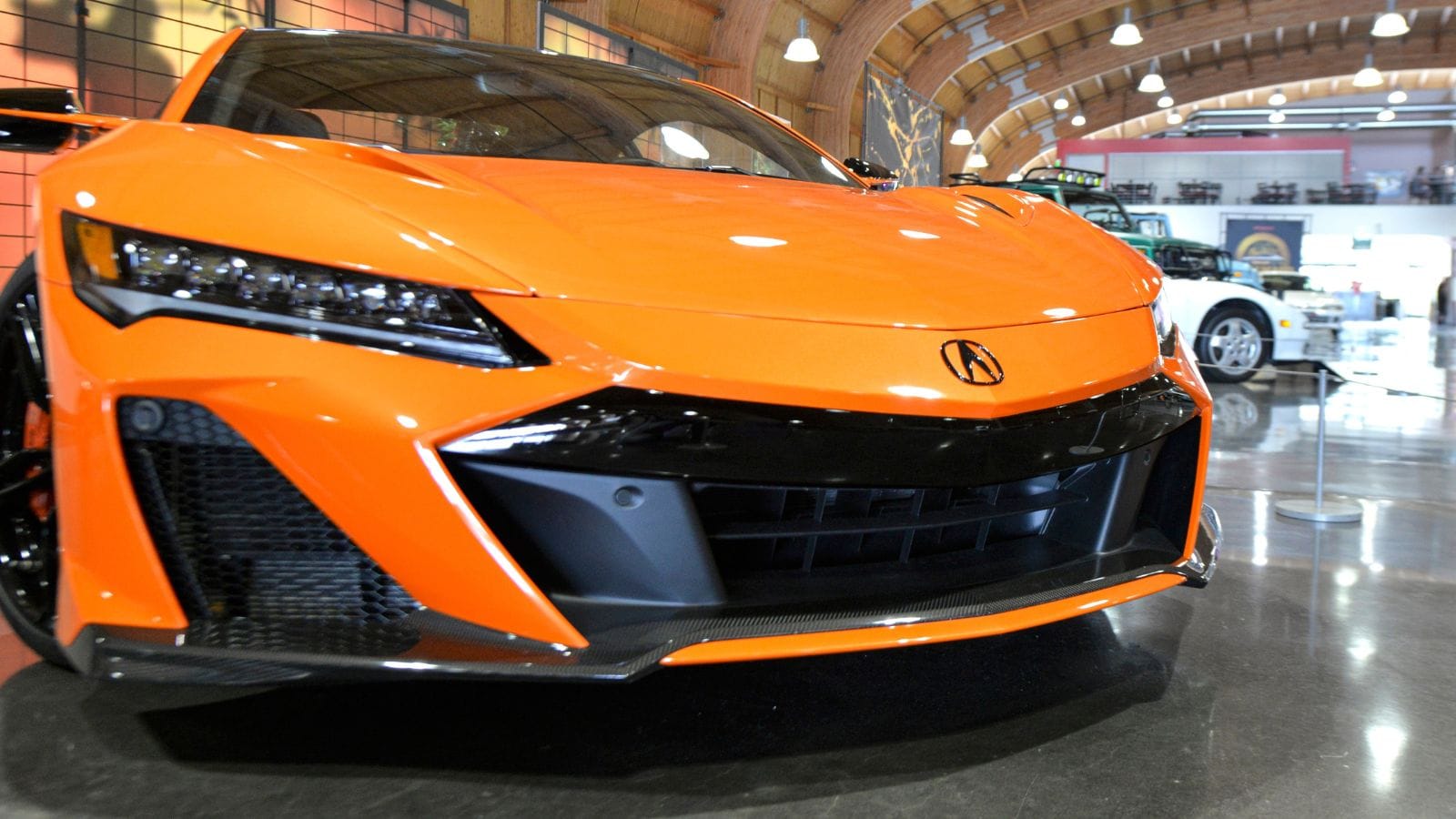
Acura launched in the 1980s with a sharp focus on sporty sedans and well-built luxury cars. Early models like the Integra and Legend gained a cult following, and the NSX proved Honda could build a proper supercar; however, Honda admittedly blurred the lines when selling the NSX as a Honda in other markets. Acura still borrows plenty from Honda, but it adds aggressive styling, upgraded interiors, and a more performance-focused approach. In recent years, Acura has worked hard to distinguish itself from its parent, with cars like the TLX Type S aiming squarely at driving enthusiasts.
Hyundai and Genesis
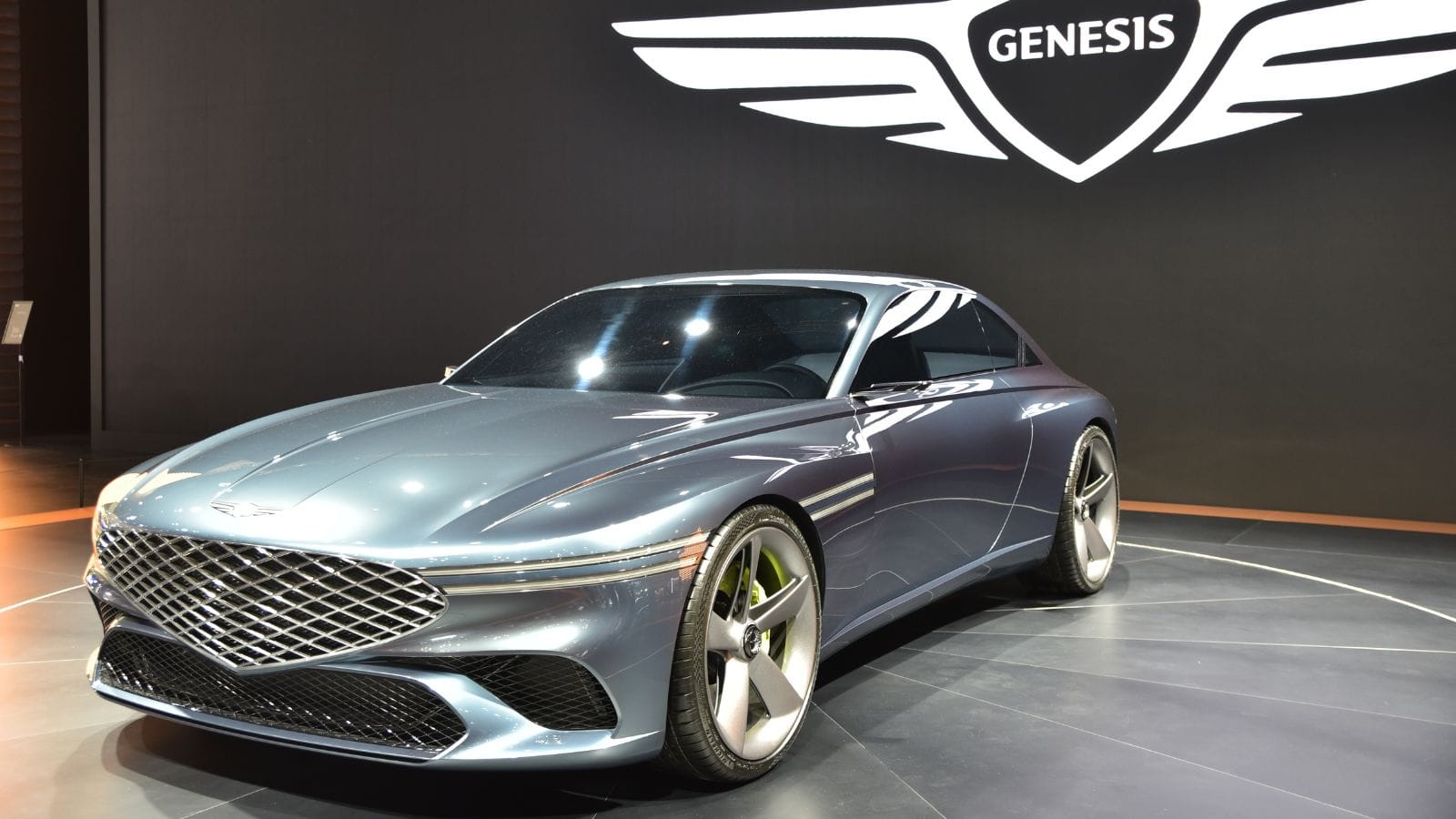
Hyundai’s rise from budget punchline to premium contender is one of the biggest glow-ups in automotive history. After testing the waters with upscale trims, Hyundai went all in with Genesis. What started as a single sedan evolved into a full-fledged luxury brand with stylish crossovers, bold design, and plenty of tech. Genesis competes directly with Lexus and Audi, offering impressive value and refinement. It may not have decades of heritage, but it is gaining loyal fans fast.
Ford and Lincoln
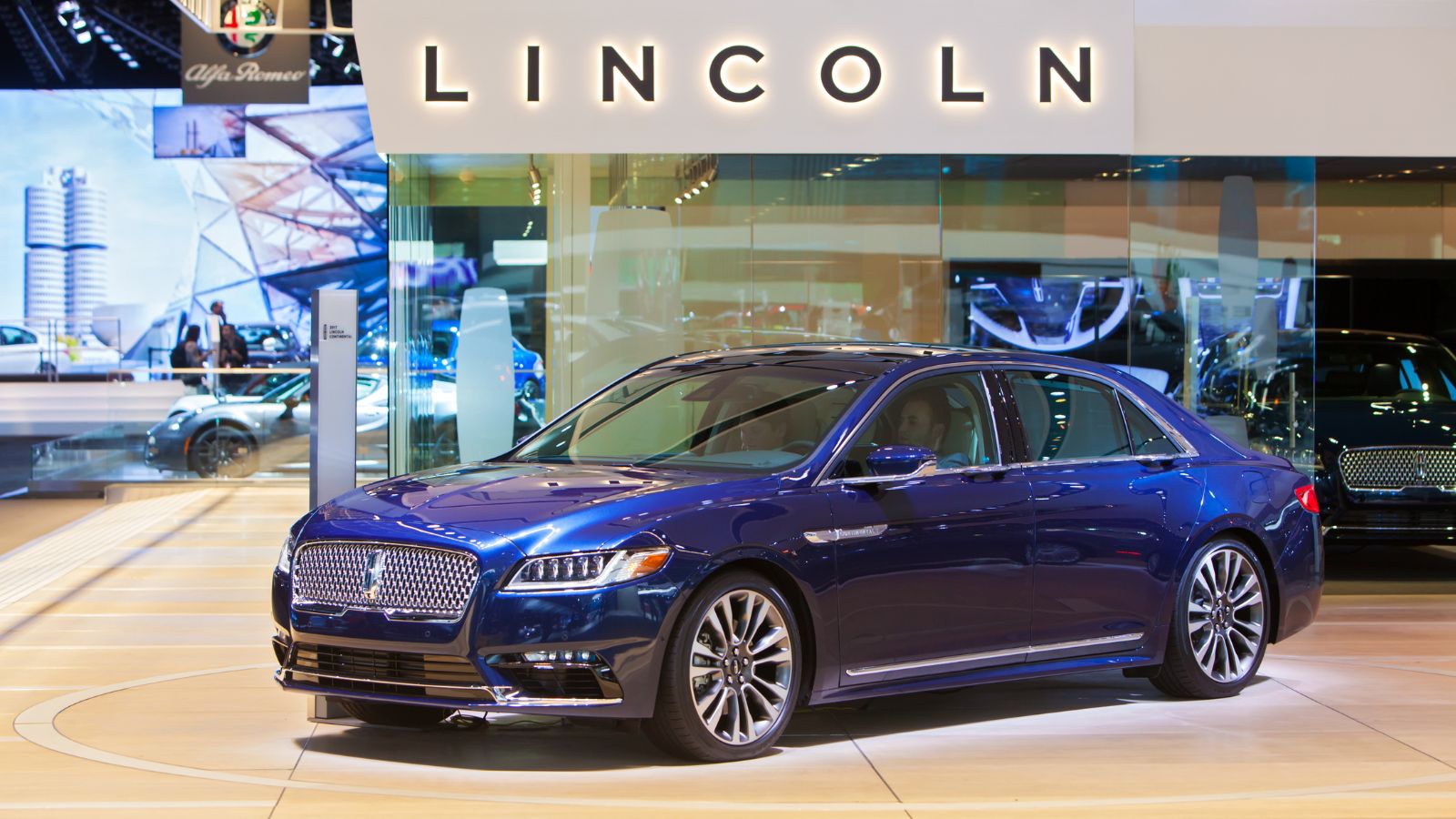
Lincoln has been Ford’s luxury brand for over a century, and while it has gone through ups and downs, recent years have been kind. Models like the Navigator and Aviator are big, bold, and quiet, offering real comfort for long-distance drivers. Many Lincolns are based on Ford platforms but receive major upgrades inside and out. You will find twin turbo engines, advanced suspension systems, and cabin materials that feel a step above. Lincoln’s focus is on smooth, elegant travel rather than sharp handling.
Nissan and Infiniti
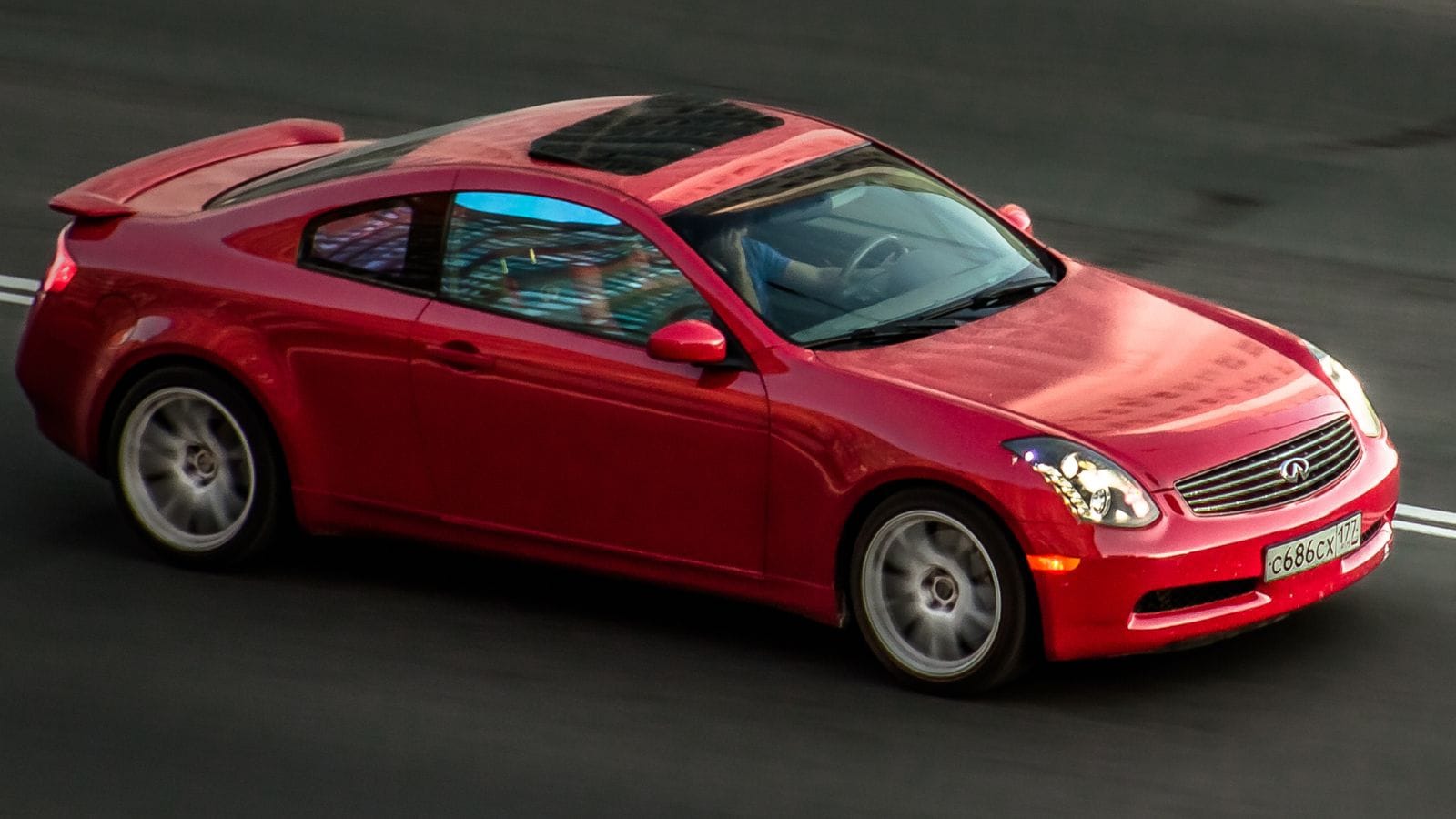
Nissan created Infiniti to compete in the luxury market alongside Lexus and Acura. Early models like the Q45 sedan and G35 coupe were well received, blending power and sophistication. Infiniti gained traction with rear wheel drive platforms and a focus on sporty dynamics. Over the years, the brand lost some momentum, but recent models are working to revive its image. Infiniti still shares much of its engineering with Nissan but targets buyers who want a step up in design and performance.
Volkswagen and Audi
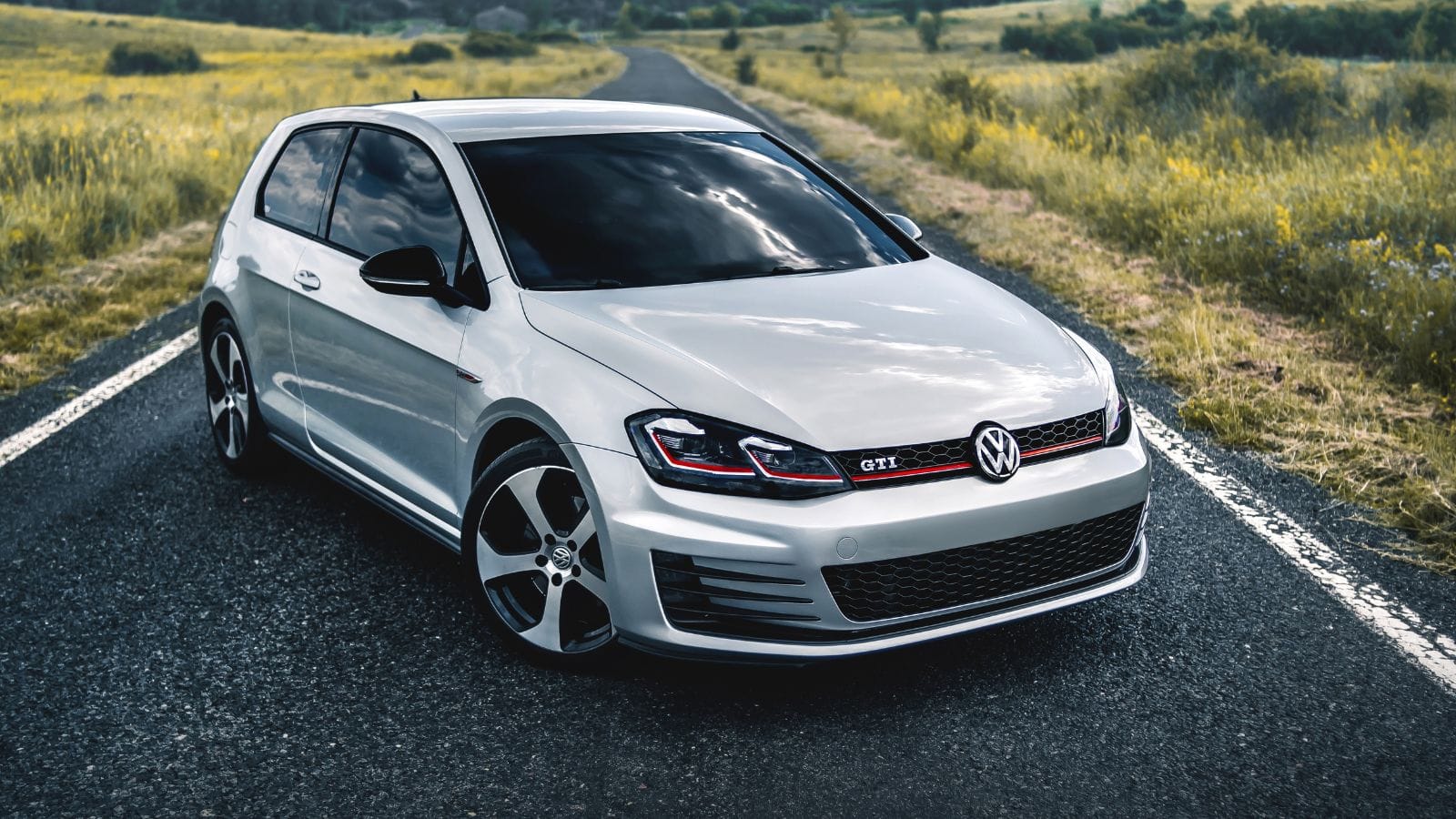
VW is known for solid, sensible cars like the Golf and Jetta, but it also owns Audi, one of Germany’s top-tier luxury brands. Audi started out building higher end Volkswagens but evolved into a technology and design leader. Today, Audi competes directly with BMW and Mercedes, offering a full lineup of sedans, SUVs, and EVs. Under the skin, some Audis still share chassis and electronics with VW models, but the final result is a world apart in refinement and flair.
Volkswagen and Bentley
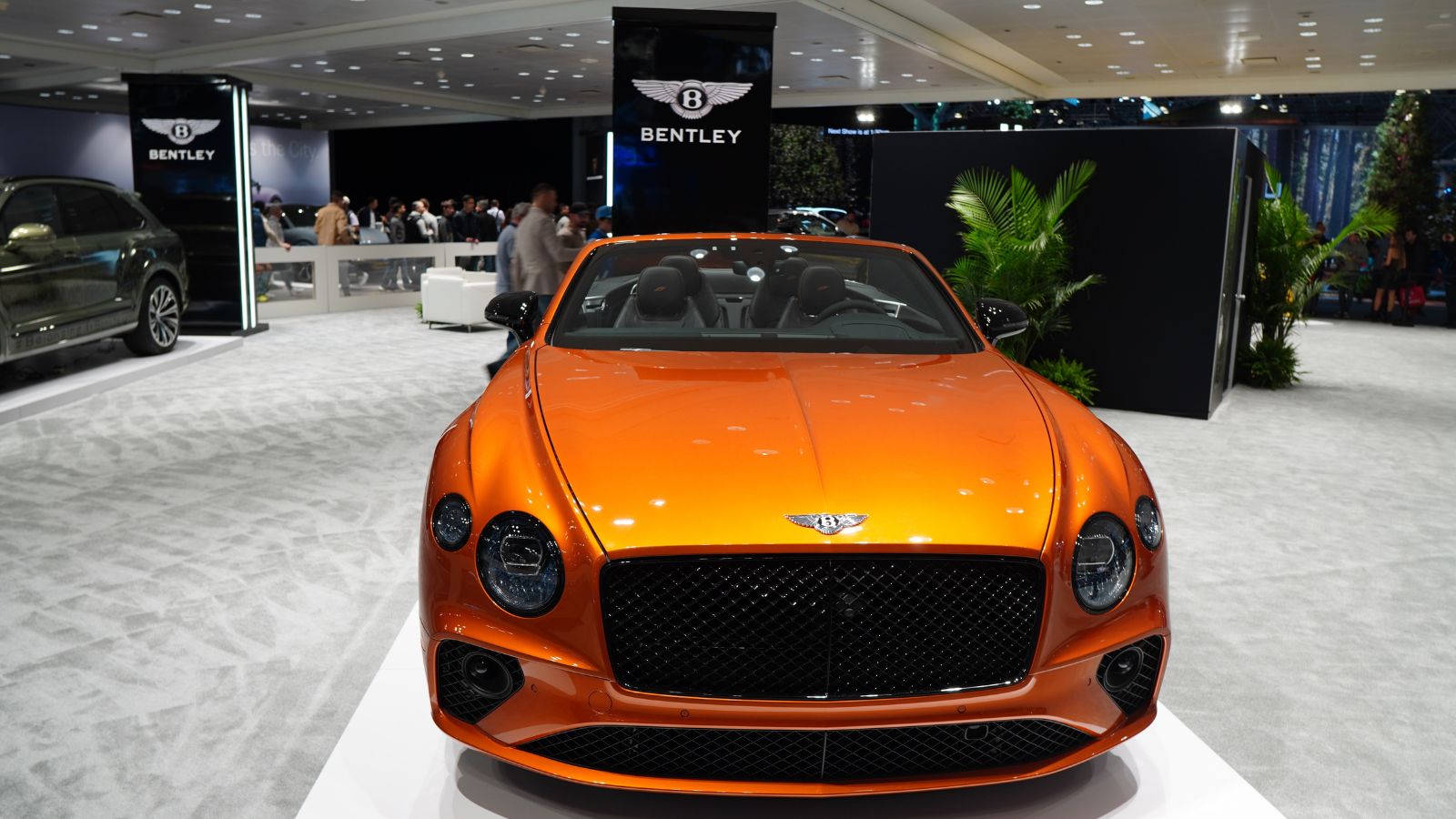
In one of the most surprising pairings in the car world, Volkswagen owns Bentley. The British ultra luxury brand was acquired in the late 1990s and has thrived under VW’s massive investment. While Bentleys are handcrafted in the UK, they benefit from German engineering and reliable modern tech. Deep beneath the leather and walnut, some Bentleys share components with VW and Audi products, including infotainment and safety systems. But everything is dialed up to eleven with craftsmanship and exclusivity.
BMW and Rolls-Royce
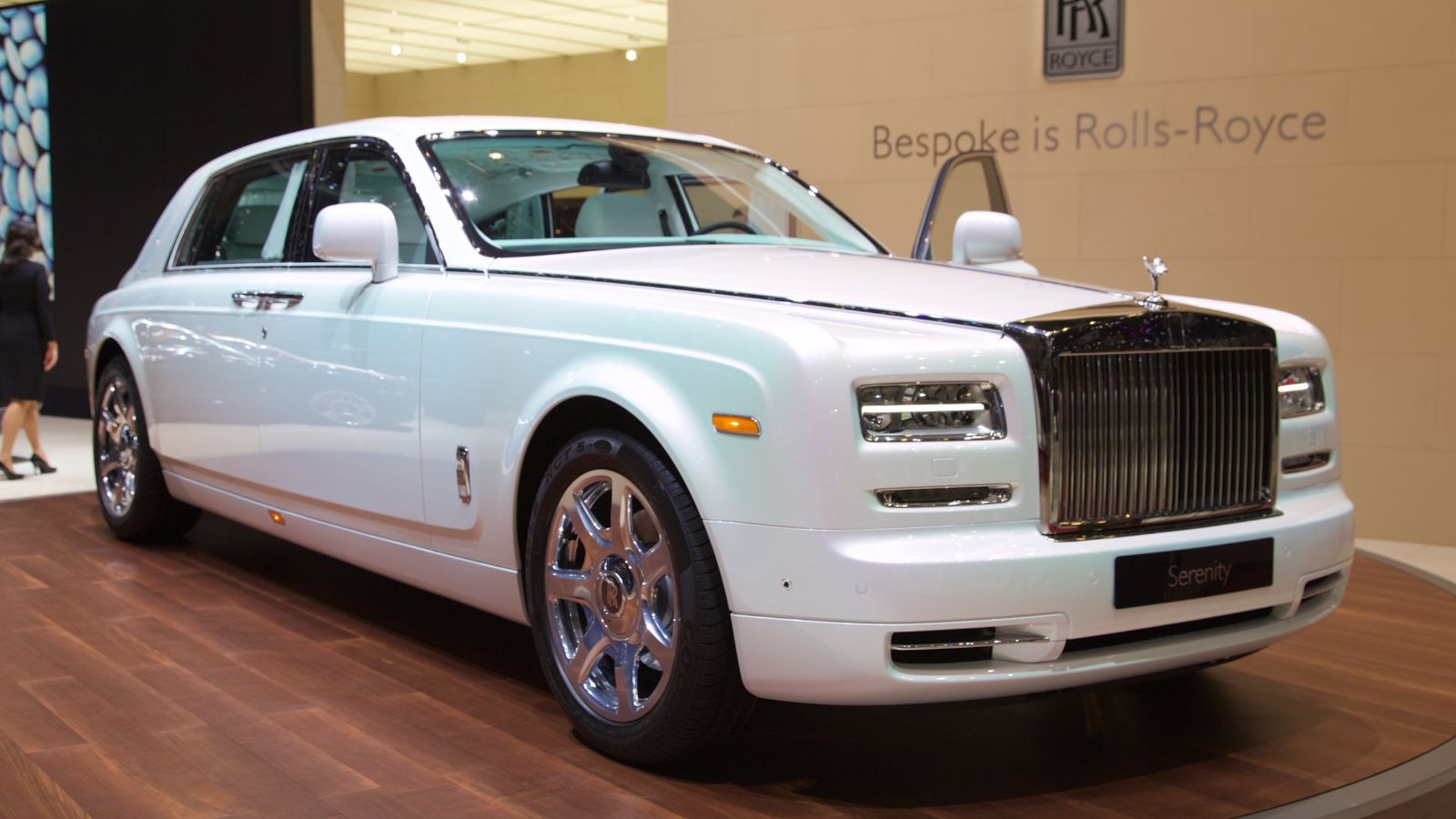
BMW might be the ultimate driving machine, but it also happens to own the ultimate luxury badge. Rolls Royce Motor Cars has been under BMW ownership since 1998. While Rolls Royce operates independently and hand builds its cars in England, it does use some hidden BMW tech like engines and architecture. The V12 under the hood of a Phantom may be related to a 7 Series, but everything about the experience is elevated. BMW brings the tech foundation, Rolls Royce brings the grandeur.
General Motors and Cadillac
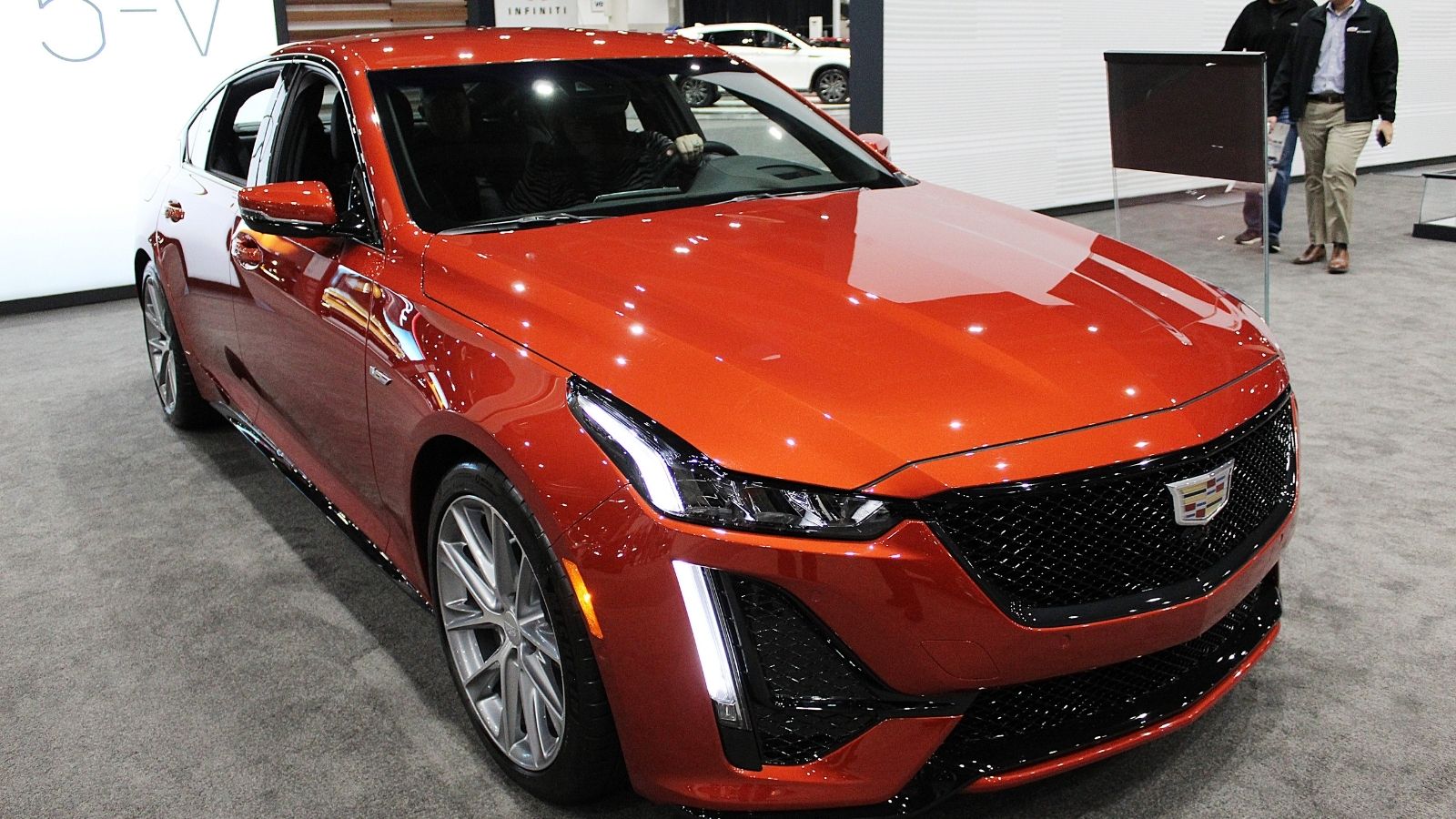
Cadillac has long been the jewel in GM’s crown, once regarded as the standard of the world. In modern times, Cadillac has blended bold design with advanced tech and big comfort. Vehicles like the Escalade, CT5 V Blackwing, and the upcoming Celestiq flagship show Cadillac’s push to reclaim its elite status. While many Cadillacs share underpinnings with Chevrolet or GMC vehicles, they go further in tuning, materials, and prestige. GM uses Cadillac to showcase innovation while appealing to drivers who want style and substance.
Stellantis (Fiat) and Maserati
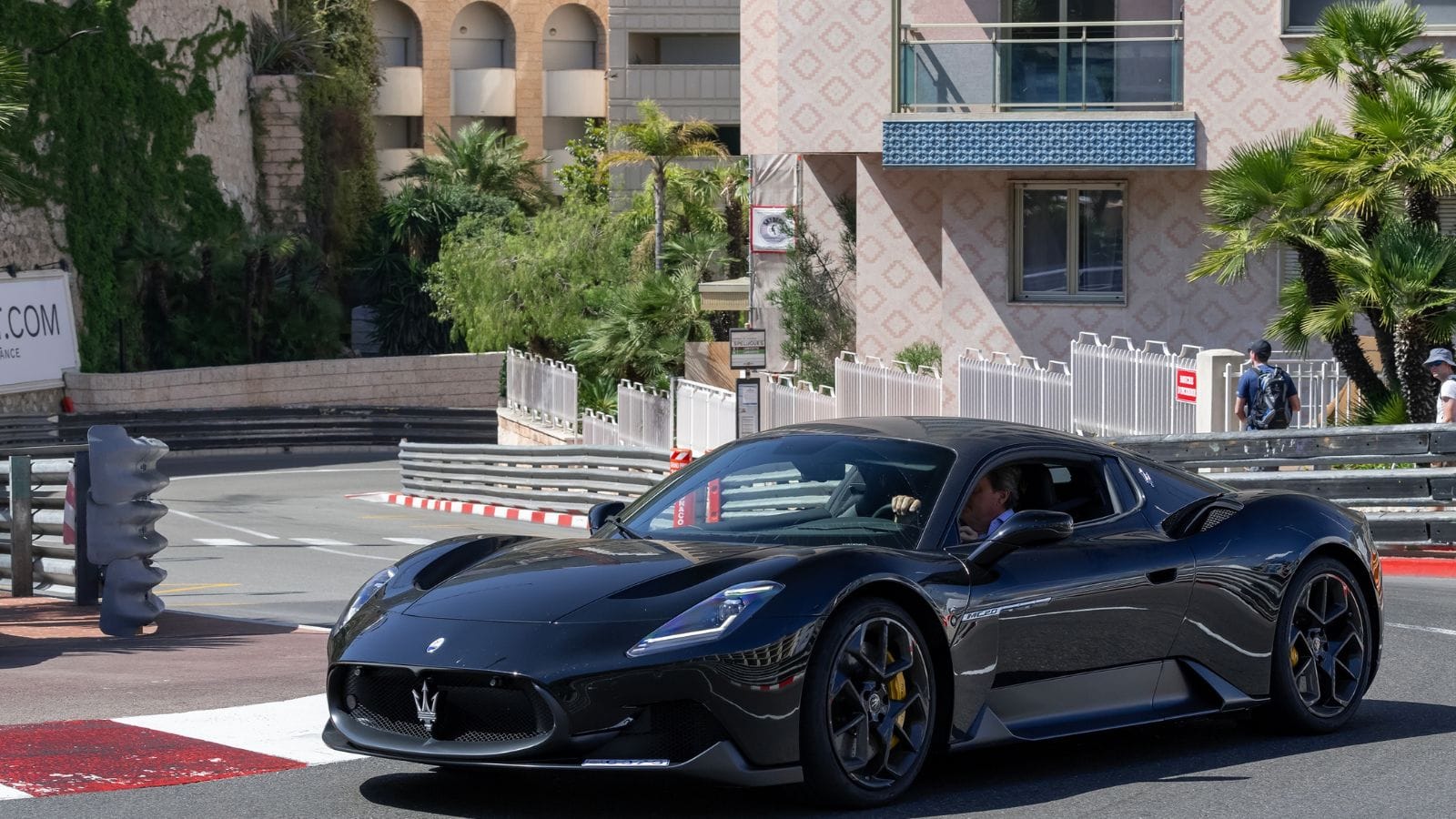
Stellantis, the giant conglomerate behind brands like Jeep, Ram, Peugeot, and Fiat, also owns Maserati. The Italian brand brings flair and noise to a portfolio otherwise known for workhorses. Maserati uses shared engines and platforms from Chrysler and Alfa Romeo, especially in the Ghibli and Levante. But the brand also develops its own sports cars and is moving toward more bespoke engineering with models like the MC20. Maserati stands out for blending exotic looks with grand touring comfort.
Geely and Volvo (and Polestar)
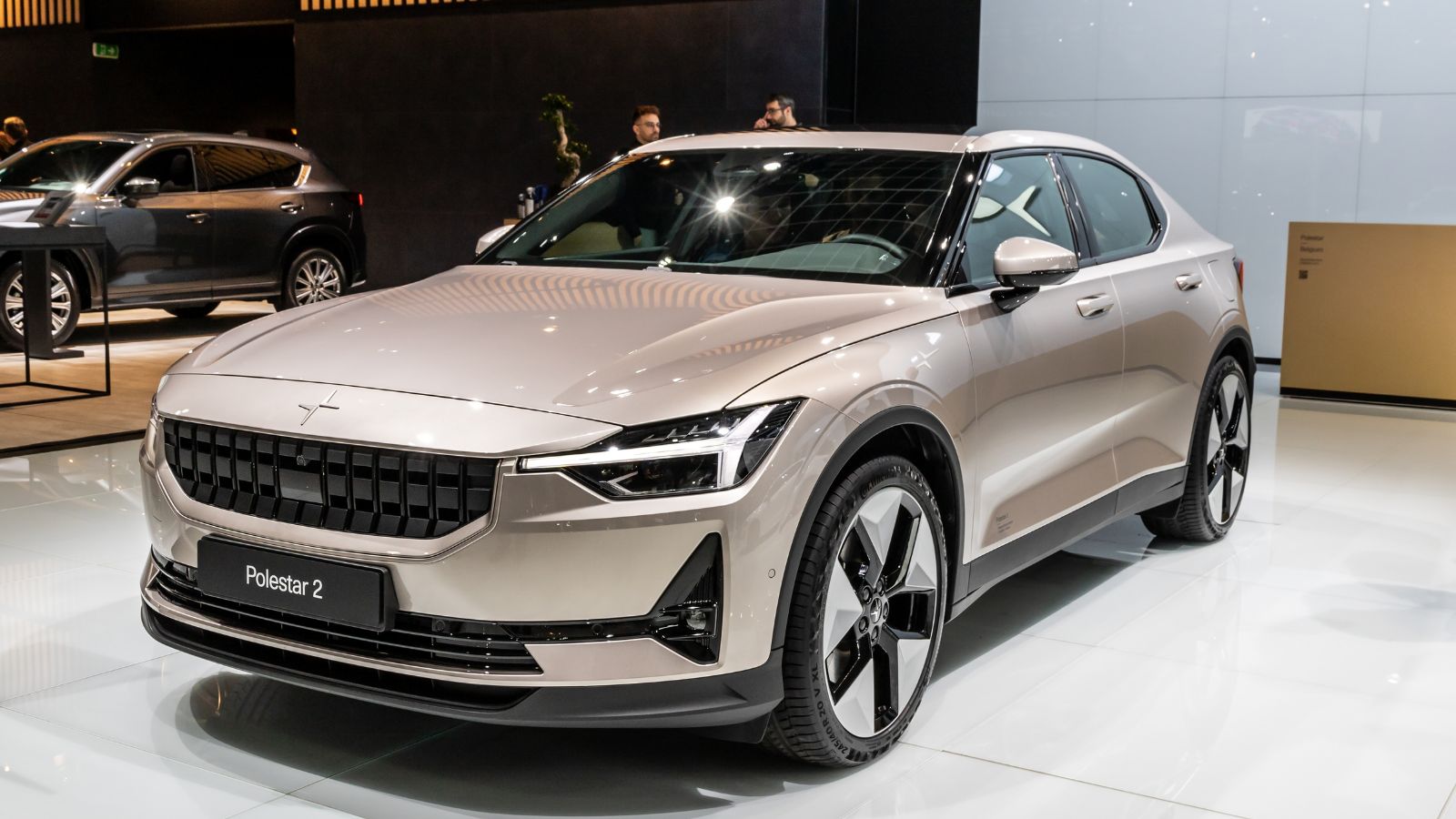
Chinese automaker Geely owns Volvo and has pumped in serious investment while keeping the brand’s Swedish roots intact. Volvo remains focused on minimalist design, safety, and refinement. It also spun off Polestar as a performance EV brand with models like the Polestar 2 and Polestar 3. Geely’s backing gives Volvo and Polestar the flexibility to develop unique platforms while still sharing tech across brands. Geely also owns Lotus, which it is reshaping into a premium performance electric brand.
Hyundai and Ioniq
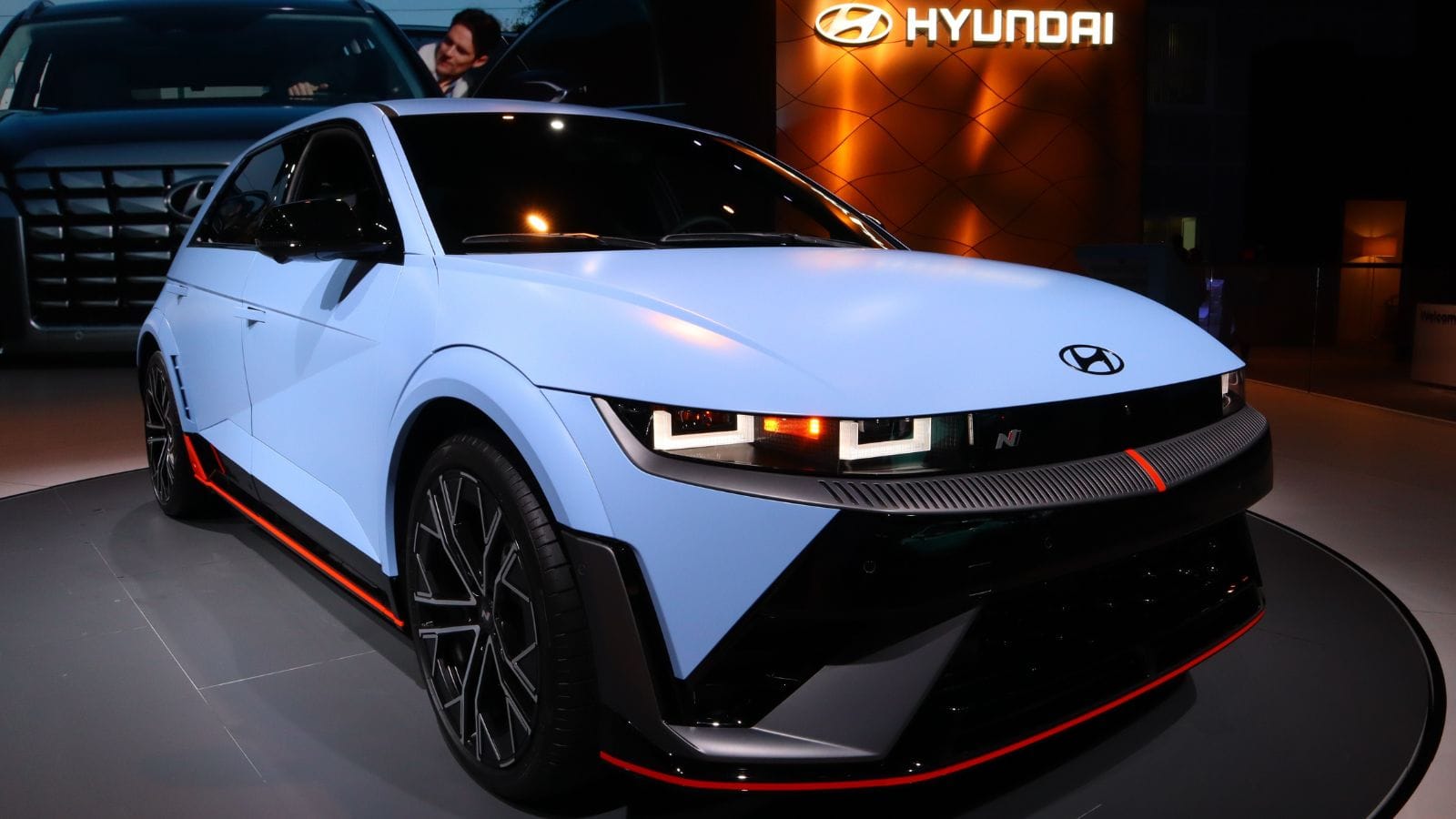
Aside from Genesis, Hyundai also launched Ioniq as a sub-brand for premium electric vehicles. The Ioniq 5 and Ioniq 6 are not quite luxury cars, but they offer upscale design, cutting-edge tech, and refined driving at a reasonable price. Ioniq shows how mainstream brands are now slicing the market even further by creating EV-specific brands with a premium lean.
25 Facts About Car Loans That Most Drivers Don’t Realize

Car loans are one of the most common ways people fund car purchases. Like any other kind of loan, car loans can have certain features that can be regarded as an advantage or a disadvantage to the borrower. Understanding all essential facts about car loans and how they work to ensure that you get the best deal for your financial situation is essential. Here are 25 shocking facts about car loans that most drivers don’t realize:
25 Facts About Car Loans That Most Drivers Don’t Realize
